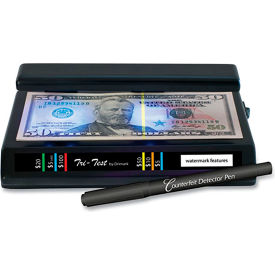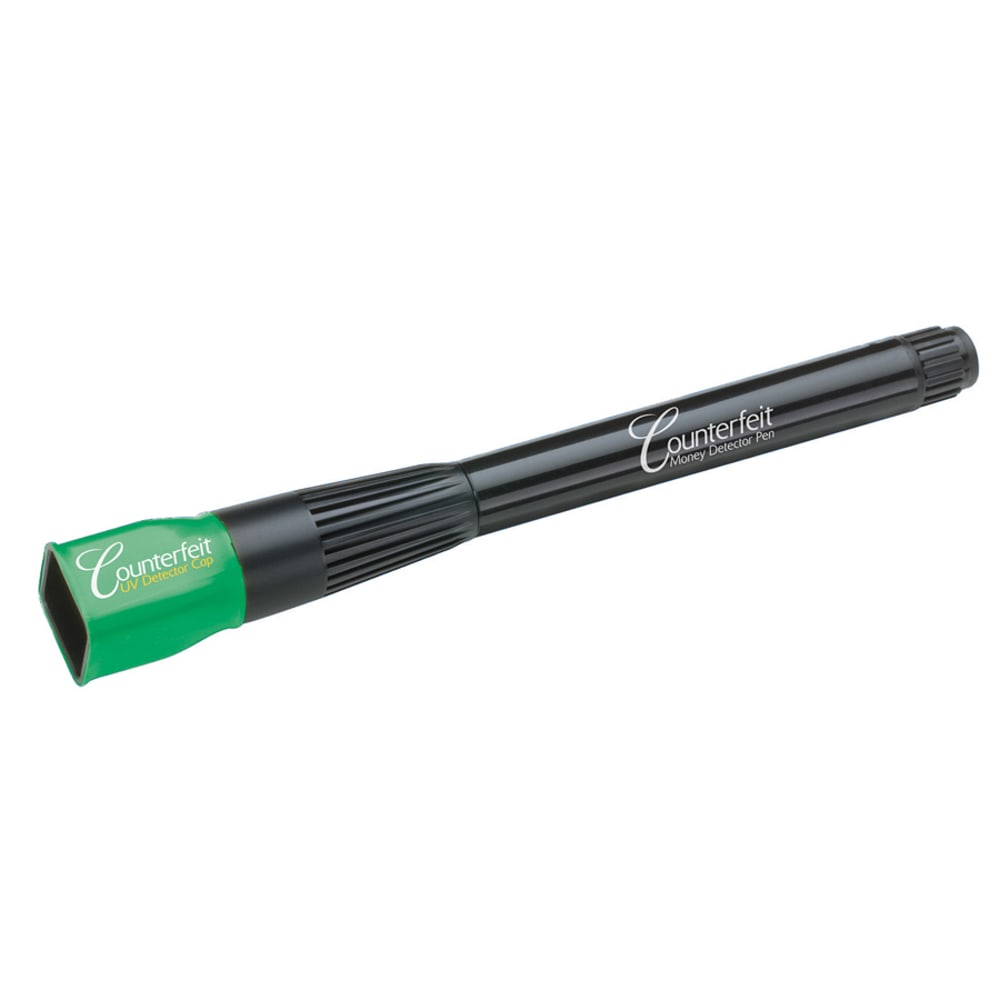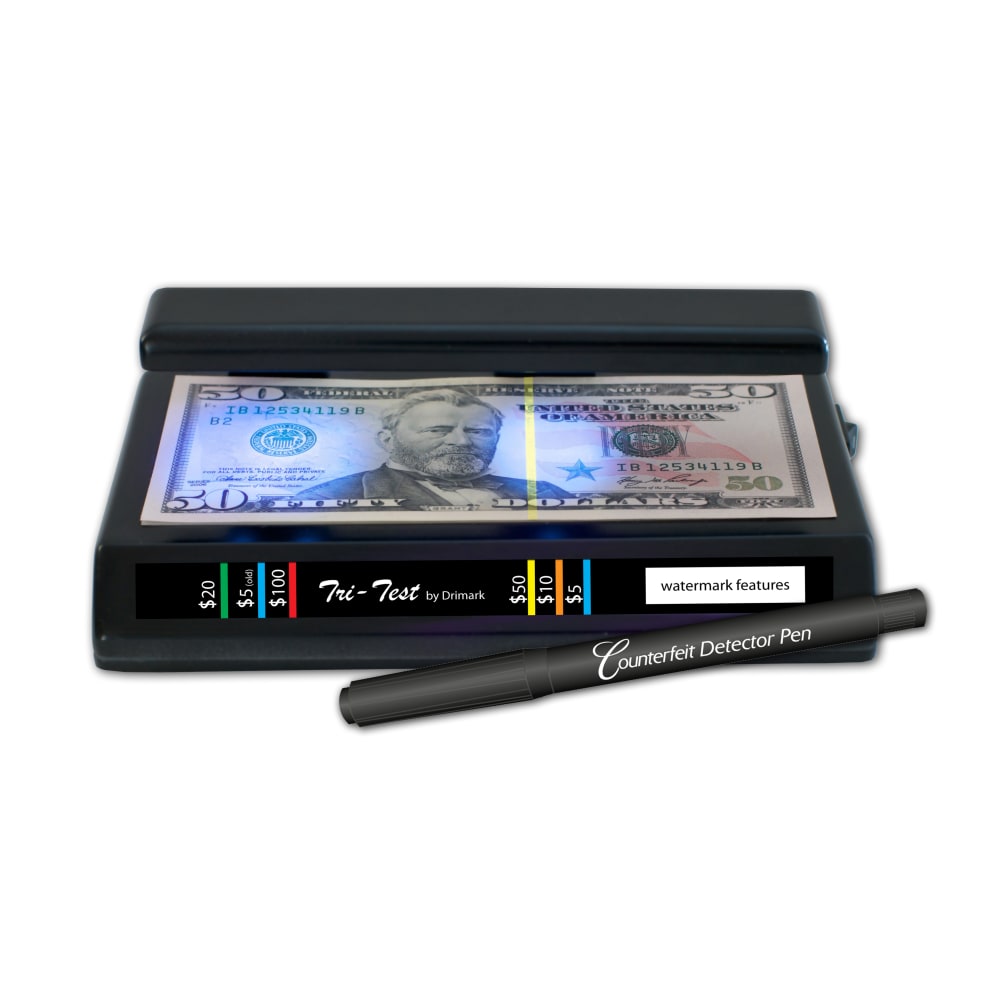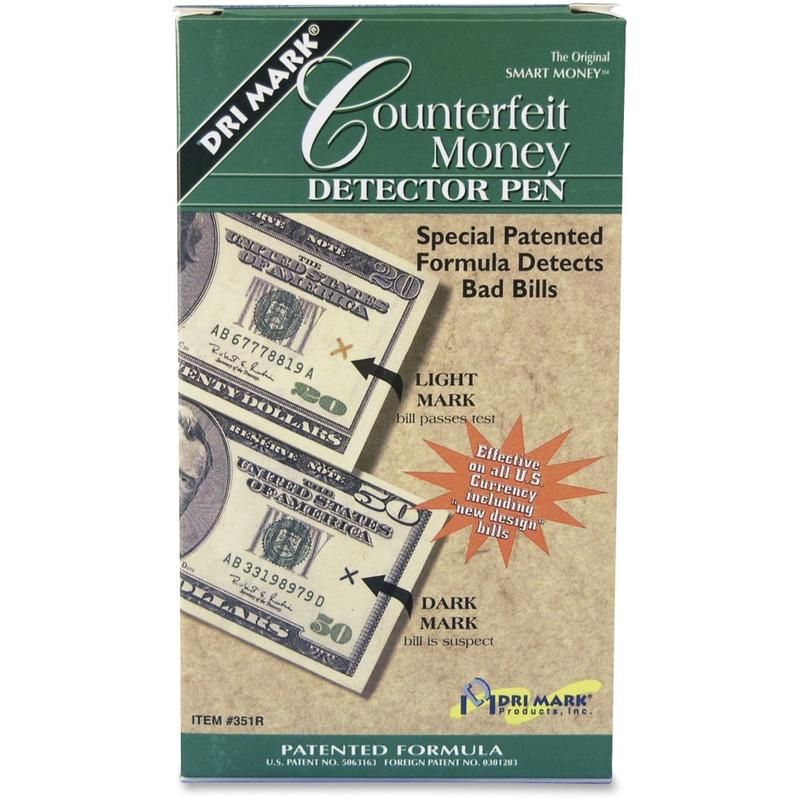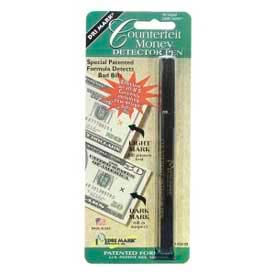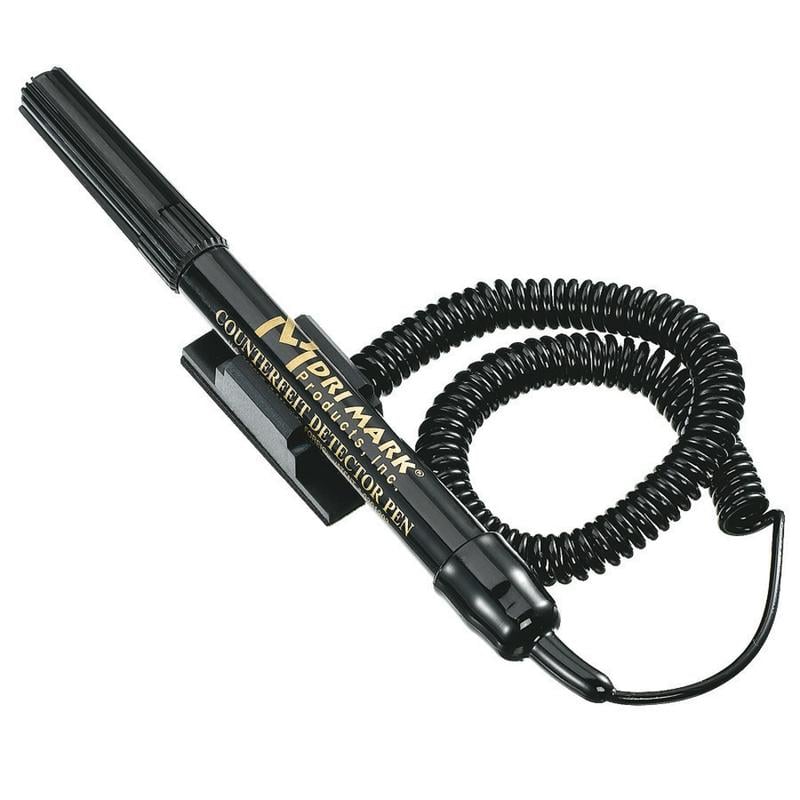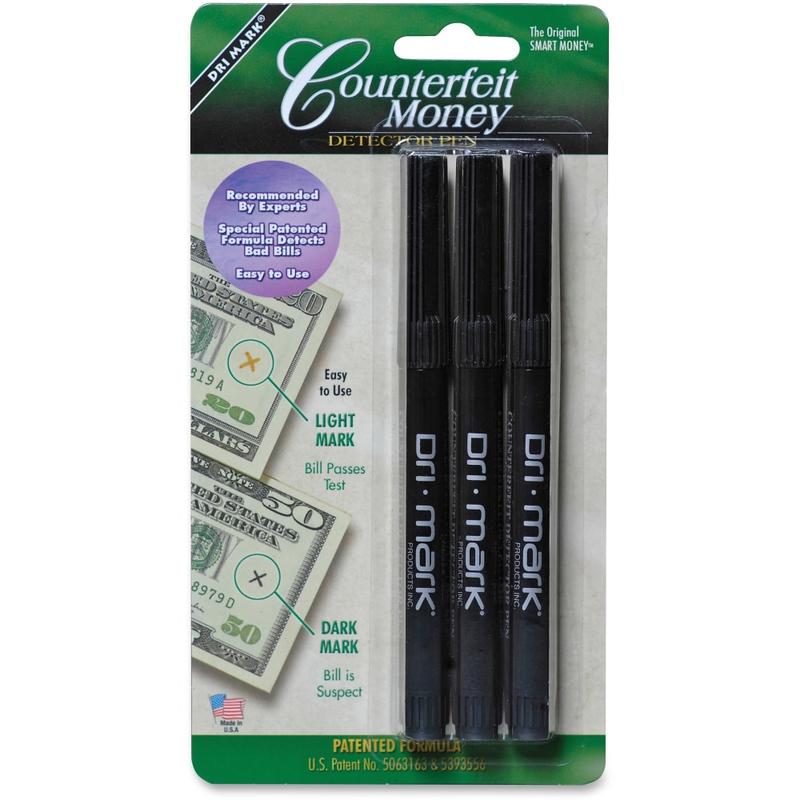Exploring Counterfeit and Mail Screening: Safeguarding Against Fraud
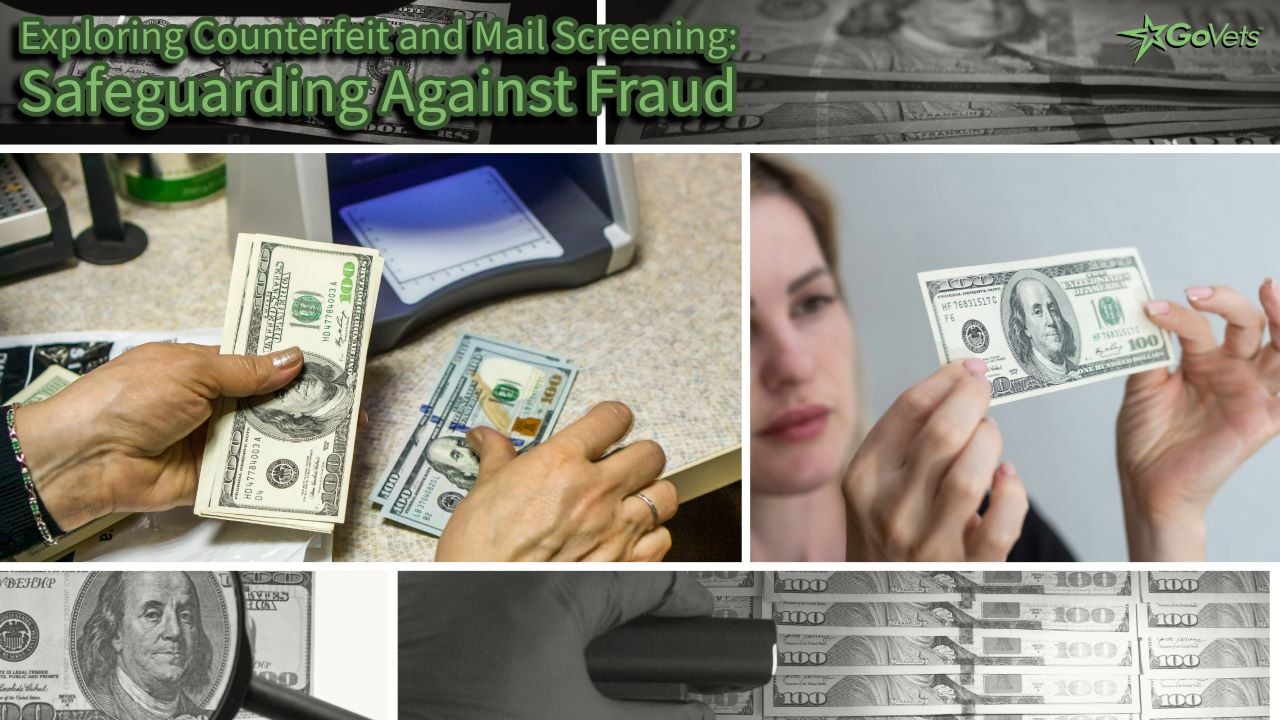
Introduction
In today's world, where digital transactions and e-commerce have become the norm, the risk of fraud is ever-present. One significant area of concern is counterfeit money, which can have a profound impact on businesses, financial institutions, and even individuals. To address this issue, we delve into Counterfeit and Mail Screening products and their vital role in detecting and preventing fraud.
I - The Need for Counterfeit and Mail Screening Devices in Different Organizations
The threat of counterfeit money and fraudulent documents remains a pressing concern for organizations across various sectors. Counterfeit and Mail Screening devices play a pivotal role in safeguarding the interests and security of these organizations. In this section, we will explore the types of organizations that need to consider these devices, the reasons behind their necessity, and the cost-benefit analysis of their implementation.
1. Types of Organizations that Require Counterfeit and Mail Screening Devices
a. Financial Institutions
Financial institutions, including banks, credit unions, and currency exchange offices, are prime targets for counterfeit currency. These organizations handle large volumes of cash daily, making them vulnerable to fraud. Counterfeit money can result in significant financial losses and damage to the reputation of financial institutions. Therefore, implementing counterfeit detection devices is essential to ensure the authenticity of banknotes during transactions.
b. Retail Businesses
Retailers, especially those dealing with high-value items, need to consider counterfeit screening devices. Accepting counterfeit money not only leads to financial losses but also affects customer trust. Retail businesses often use these devices at cash registers to verify the legitimacy of banknotes before completing sales transactions.
c. Government Agencies
Government agencies deal with sensitive documents and mail on a daily basis. Screening incoming and outgoing mail for suspicious items or fraudulent documents is crucial to national security. Counterfeit and Mail Screening devices help identify potential threats, ensuring the safety of government employees and the integrity of sensitive information.
d. Educational Institutions
Educational institutions can benefit from counterfeit detection devices for educational purposes and to prevent the circulation of fake currency on campuses. Hosting workshops or demonstrations on counterfeit detection using these devices can raise awareness among students and staff.
e. Event Organizers
Event organizers, especially those hosting large-scale events, should consider using counterfeit detection devices at ticketing booths. This prevents the entry of counterfeit tickets and ensures that event revenues are not compromised.
f. Hospitality Industry
Hotels, restaurants, and entertainment venues handle cash transactions regularly. Implementing counterfeit screening devices can protect these businesses from accepting fake currency, preserving their revenue and reputation.
g. Law Enforcement
Law enforcement agencies use counterfeit detection devices as part of their investigative tools. These devices help in identifying counterfeit money and counterfeit documents, aiding in the prosecution of counterfeiters.
2. Reasons for Implementing Counterfeit and Mail Screening Devices
a. Cost-Benefit Analysis
Now that we understand the types of organizations that need these devices, let's delve into the cost-benefit analysis of their implementation.
b. Cost-Benefit Analysis of Using Counterfeit and Mail Screening Devices
Implementing counterfeit and mail screening devices may require an initial investment, but the benefits far outweigh the costs. Here's a breakdown of the cost-benefit analysis:
b.1. Benefits:
- Fraud Prevention: The primary benefit is the prevention of fraud. These devices can quickly and accurately identify counterfeit currency, fraudulent documents, and suspicious mail, protecting organizations from financial losses.
- Time Savings: Using automated screening devices saves time and reduces the need for manual inspection. This efficiency is particularly important for organizations that handle large volumes of cash or mail.
- Enhanced Security: These devices enhance overall security. For government agencies, law enforcement, and event organizers, ensuring the safety of employees, visitors, or attendees is paramount.
- Preservation of Reputation: Retailers and financial institutions that accept counterfeit currency risk damage to their reputation. Implementing screening devices helps maintain trust and credibility among customers and clients.
- Educational Value: Educational institutions can use these devices for educational purposes, teaching students and staff how to identify counterfeit money and documents.
b.2. Costs:
- Initial Investment: The upfront cost of purchasing counterfeit and mail screening devices can vary depending on the type and sophistication of the equipment.
- Maintenance and Training: Organizations need to budget for ongoing maintenance and training to ensure the effective use of these devices.
- Operational Costs: There may be operational costs associated with running the devices, such as power consumption and replacement parts.
c. Precautions when Using Counterfeit and Mail Screening Devices
While these devices offer numerous benefits, organizations must also consider precautions to ensure their effective and safe use:
- Proper Training: Ensure that staff members are adequately trained to operate the devices correctly. Misuse or mishandling can lead to false results.
- Regular Maintenance: Conduct regular maintenance to keep the devices in optimal working condition. This includes cleaning, calibrating, and updating software as needed.
- Secure Access: Limit access to the devices to authorized personnel only. This prevents tampering or unauthorized use.
- Stay Informed: Keep up-to-date with the latest counterfeit detection techniques and technologies. Counterfeiters constantly evolve their methods, and organizations must adapt.
d. Benefits of Using Counterfeit and Mail Screening Devices Correctly
When used correctly, these devices offer a range of benefits:
- Financial Security: Organizations can conduct cash transactions with confidence, knowing that counterfeit money will be detected and rejected.
- Efficiency: Screening devices expedite the process of verifying currency, mail, or documents, saving time and resources.
- Trust and Reputation: Maintaining trust and a positive reputation is crucial for businesses and government agencies. Effective screening helps preserve both.
e. Potential Risks of Incorrect Use
If these devices are not used correctly, organizations may face several risks:
- False Negatives: Improper use or inadequate training can lead to false negatives, allowing counterfeit money or fraudulent documents to go undetected.
- Operational Disruption: Technical glitches or improper maintenance can result in operational disruptions, causing delays and inconvenience.
- Privacy Concerns: When used for mail screening, there may be privacy concerns related to the scanning of personal correspondence.
- Legal Consequences: Mishandling of counterfeit screening devices can have legal consequences, especially for law enforcement agencies.
In summary, Counterfeit and Mail Screening devices are essential tools for various organizations to protect against fraud, ensure security, and maintain trust. While there are initial costs involved, the benefits in terms of fraud prevention, efficiency, and reputation preservation far outweigh these expenses. However, organizations must exercise caution, provide proper training, and stay vigilant to reap the rewards of using these devices correctly while minimizing potential risks.
II - Counterfeit and Mail Screening Product Recommendations:
1. Overview
Counterfeit and Mail Screening products are essential tools used to identify counterfeit currency, fraudulent documents, and protect against mail-related threats. These products are employed across various sectors, including finance, law enforcement, and government agencies.
2. Top Applications
- Financial Institutions: Banks and credit unions use Counterfeit and Mail Screening equipment to verify the authenticity of banknotes during cash transactions, ensuring that counterfeit money does not infiltrate their systems.
- Retail Businesses: Retailers often employ counterfeit detection tools at point-of-sale terminals to avoid accepting fake currency, safeguarding their revenue and reputation.
- Government Agencies: Government entities use these products to screen incoming and outgoing mail for suspicious or harmful content, enhancing security within their premises.
3. Creative/Fun Ideas to Use Counterfeit and Mail Screening Products
- Educational Demonstrations: Host workshops or demonstrations at educational institutions to raise awareness about counterfeit currency. Use these products to showcase how counterfeit money can be identified, educating students and the public.
- Event Security: When hosting large-scale events, consider using Counterfeit and Mail Screening equipment at ticketing booths to prevent the entry of counterfeit tickets or currency.
- Office Pranks: While this may not be a recommended use, you can have some light-hearted fun by testing the authenticity of play money or prop currency used in theatrical performances.
4. Specifications
Counterfeit and Mail Screening products come in various forms, each with unique specifications. Here are some common specifications to consider:
- Detection Methods: These products employ a range of methods, such as UV detection, magnetic ink detection, and watermark analysis, to identify counterfeit currency.
- Speed: The processing speed varies between models, with some machines capable of screening hundreds of banknotes per minute.
- Mail Screening Capabilities: For mail screening, look for features like X-ray scanning, metal detection, and explosives trace detection.
- Connectivity: Some devices offer connectivity options like USB, Wi-Fi, or Bluetooth for data transfer and integration with other systems.
5. Product Recommendations
For reliable Counterfeit and Mail Screening products, consider the following recommendations:
Conclusion
Counterfeit money and mail-related threats pose significant challenges to businesses and institutions. Counterfeit and Mail Screening products play a pivotal role in mitigating these risks, ensuring the integrity of financial transactions and enhancing security. By understanding the different aspects of these products and their applications, individuals and organizations can better protect themselves from fraudulent activities. Whether you are a financial institution, a retailer, or a government agency, investing in the right Counterfeit and Mail Screening tools is a crucial step towards safeguarding your interests and maintaining trust in your operations.


